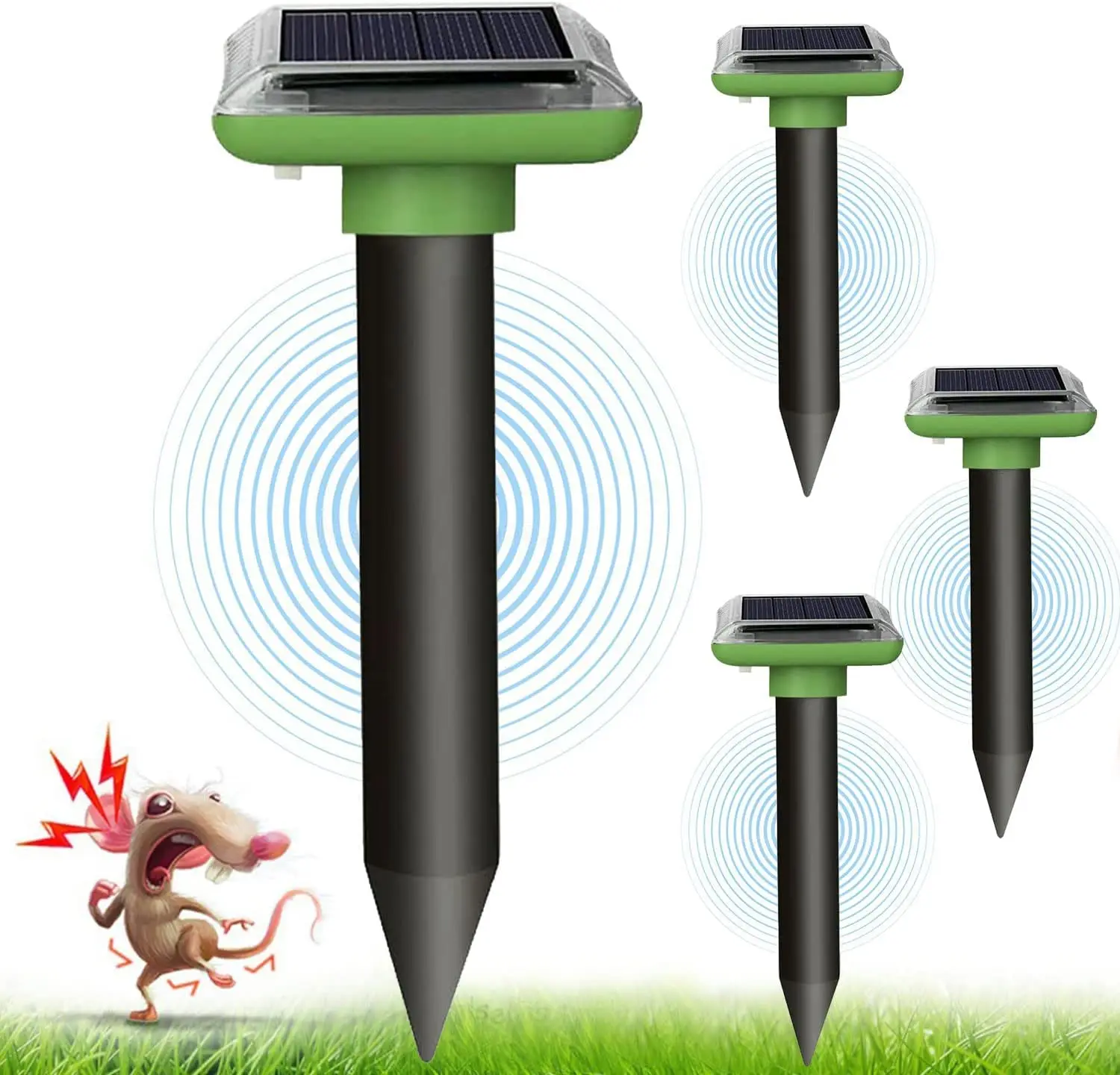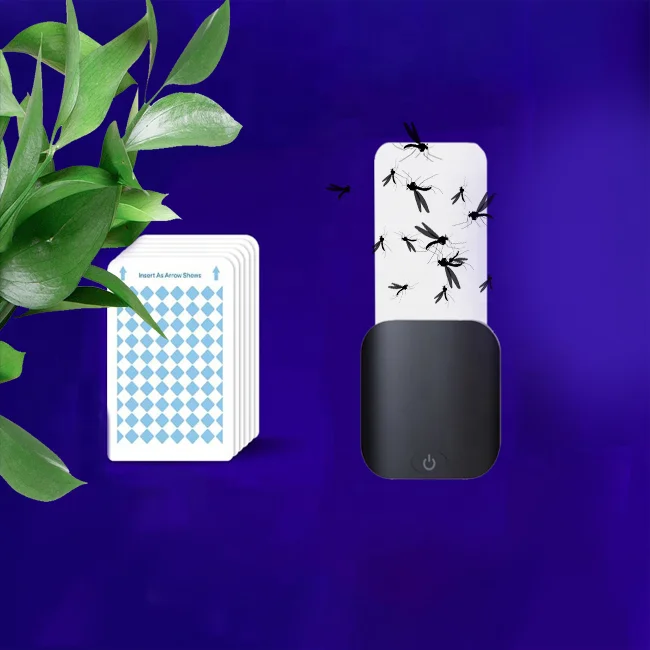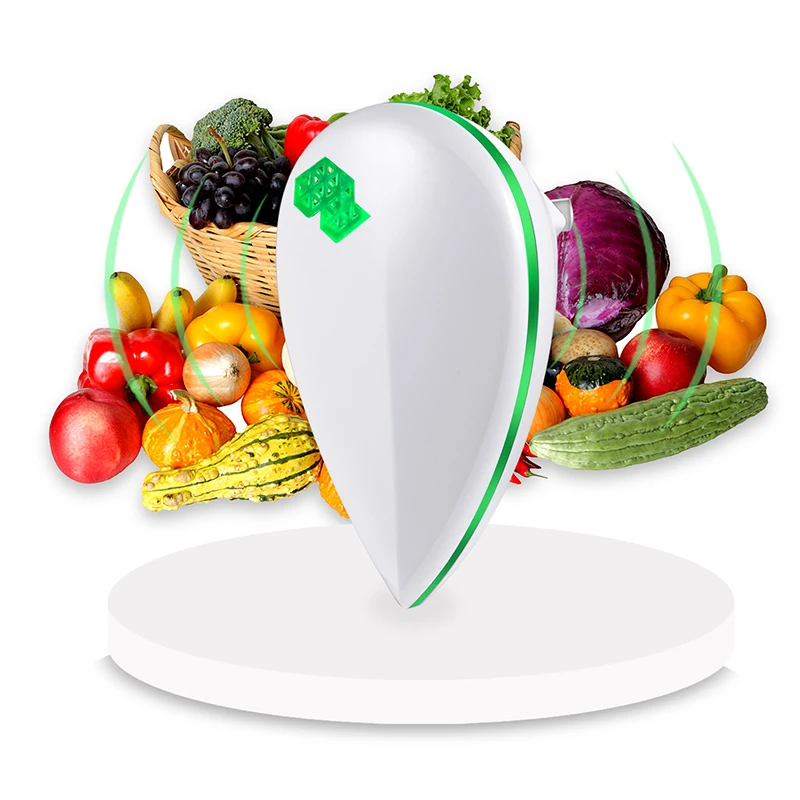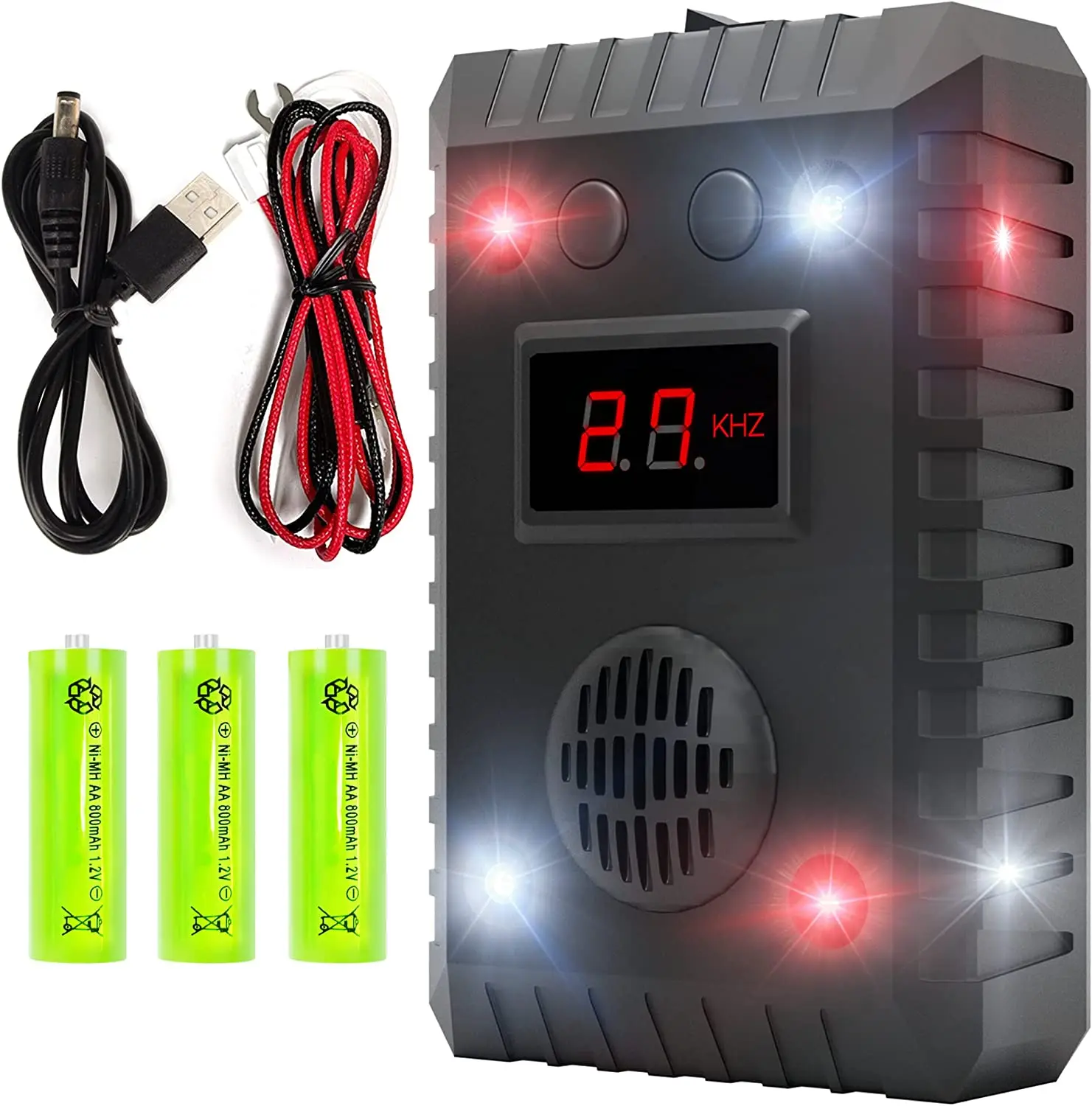The Application of Animal Repellent Devices in Orchards
Orchards are a bountiful source of fresh fruits, but they often face the threat of animal intrusions. To safeguard the precious fruits and the hard work of orchard farmers, the use of animal repellent devices has become increasingly common.
One of the significant challenges faced by orchard owners is the presence of birds. Birds are attracted to the ripe and colorful fruits, and their pecking can cause substantial damage. To address this issue, various bird repellent devices are employed. One common type is the sonic or ultrasonic repeller. These devices work on the principle of emitting specific frequencies of sound that are uncomfortable or disturbing for birds. The sounds may imitate predator calls or create a disorienting effect for the avian species. Birds have highly sensitive hearing, and these unusual or threatening sounds make them perceive the orchard as an unsafe environment, thus reducing their presence.
Another effective method is the use of visual deterrents. Reflective tapes or shiny objects attached to the trees move and reflect light, creating a confusing and intimidating visual experience for the birds. Some devices also project predator-like shapes or flashing lights to scare the birds away.
Rodents are another common problem in orchards. They can chew on the roots and stems of fruit trees, affecting the trees' health and productivity. Ultrasonic repellent devices have proven effective against rodents. These devices emit high-frequency sounds that are irritating to the rodents' sensitive hearing, driving them away from the orchard.
In some cases, chemical repellents are also employed. These are usually sprayed around the perimeter of the orchard or on the trees themselves. They have a smell or taste that animals find unpleasant, deterring them from entering the area. However, it's important to use these chemicals safely and in accordance with regulations to avoid harm to the environment and human health.
The combination of different types of repellent devices can provide a comprehensive defense for the orchard. For example, using ultrasonic devices for rodents, bird distress calls for birds, and motion-activated sprinklers for larger mammals creates a multi-layered protection system.
It's essential to regularly monitor the effectiveness of the repellent devices and make necessary adjustments. Weather conditions, the growth stage of the fruits, and the changing behavior of the animals can all impact the performance of the repellents.
In conclusion, the Application of animal repellent devices in orchards is not only about protecting the fruits but also about maintaining the ecological balance. By using these devices smartly and responsibly, orchard farmers can ensure a successful harvest while minimizing the conflict with the local wildlife. The continued development and improvement of these repellent technologies will undoubtedly play a crucial role in the sustainable management of orchards in the future.

 EN
EN














































 ONLINE
ONLINE